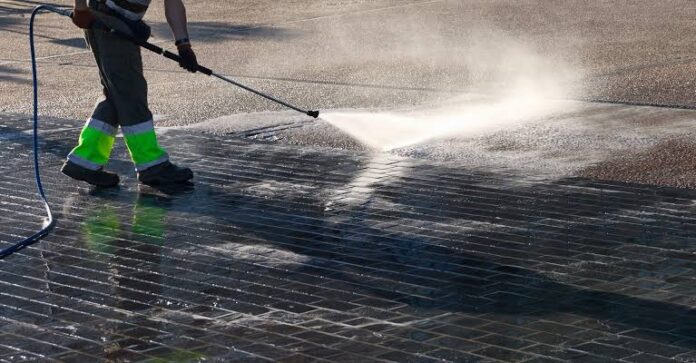One common issue most pressure washers come across is cavitation. Cavitation results in premature pump failures and damages the adjoining parts. Its severe damage turns the unit into a useless metal heap with no access to warranties.
Whether you are using a Grandfall Pump or a Black gun washer, cavitation is an issue to avoid at all costs. The article talks about all the concerns related to cavitation.
How does Cavitation Occur?
Before you find the solution, you need to know what the problem is. The principal cause of cavitation is the same in all pumps. However, the low-pressure areas are different in centrifugal and positive displacement pumps.
Cavitation occurs due to low pressure. Centrifugal pumps cause low pressure near the impeller, while positive displacement pumps have the lowest pressure near the rotor meshing.
When the pressure inside the pump drops, lower than water pressure, bubbles rise from the fluid. These bubbles burst when they reach the high-pressured areas.
The process of rapid bubbling and bursting damages the pump and the nearby parts.
Causes of Cavitation
The causes of cavitation vary from situation to situation. However, the most common ones are listed below.
Internal Recirculating
The primary reason that causes cavitation is internal recirculation. The outlet gun doesn’t use the all of the pressured water. And, forces it back into the pump.
Inside the pump, there are different pressure levels. When this high-pressured water passes through low-pressure areas, it bubbles. As the bubbles enter a high-pressured region, they burst. The rapid bubbling and bursting cause damaging vibrations.
Unwanted Air Entrance
Secondly, there may be an air entrance in the pressure washer. Mostly, loose inlets let in the air, causing cavitation. Another way the air enters your pump is through unmaintained seals and valves.
The Capacity of the Pump Head
Sometimes manufacturing issues also cause cavitation. If the pump’s head doesn’t have the needed capacity to raise the water high enough for the outlet suction. It will result in cavitation.
How to Recognize Cavitation?
Cavitation has a characteristic sound like gravel or pebbles circulating in the pump. However, there are other symptoms as well.
- Vibration
- Pebble like sound
- More power consumption
- Bearing failure
- Inadequate inlet
- Clogged filters
- Temperature buildup inside the pump
Note: A severe cavitation may burst holes into the casing as well.
Precautions to Avoid Cavitation
Now, you know about the problem and its causes. You can follow the below steps to avoid cavitation in a pressure washer.
- Firstly, check whether the assembly is correct. Too many valves and elbows may also reduce pressure to a dangerous limit.
- Next, try to pick a suitable pump for your application. As a convention, it’s best to pick a pump that pumps 10% more net positive suction than required.
- Lastly, clearing the blockage in the inlet pipes is also effective. As bottlenecks also lead to cavitation spacing out the inlet pipes helps avoid the damage.
Conclusion
In conclusion, low pressure inside the pump causes cavitation. Although, bubbles don’t seem very powerful. But, their rapid bursting damages the unit. You can recognize the cavitation by the intense gravel sound. This sound may be periodic or continuous depending upon the degree of cavitation.
It is critical to prevent cavitation. Not doing so will deprive you of all the warranties.




